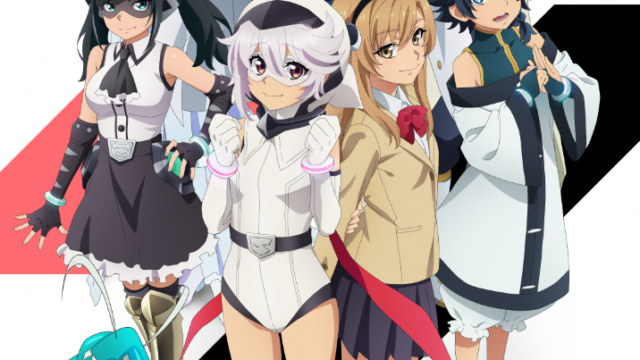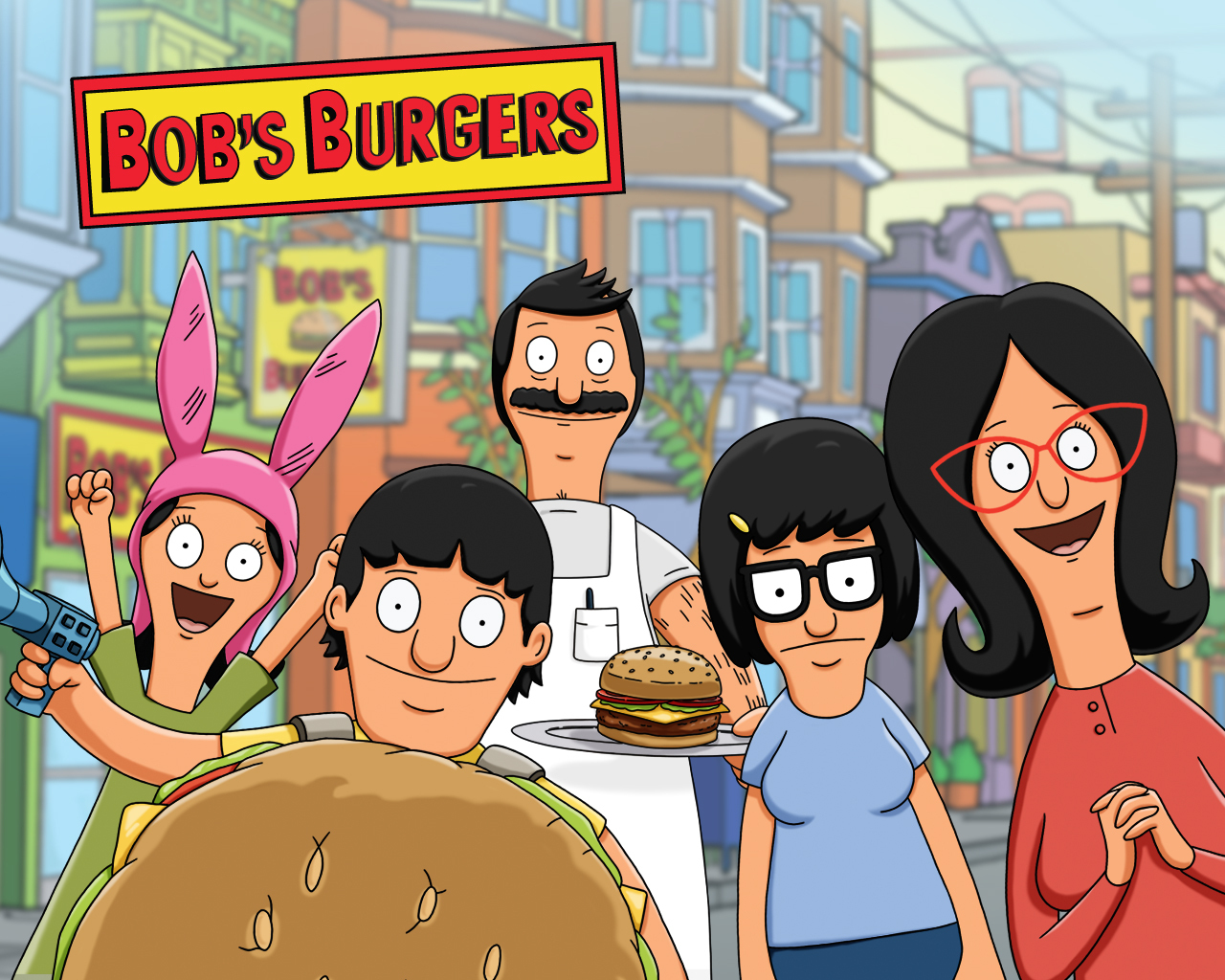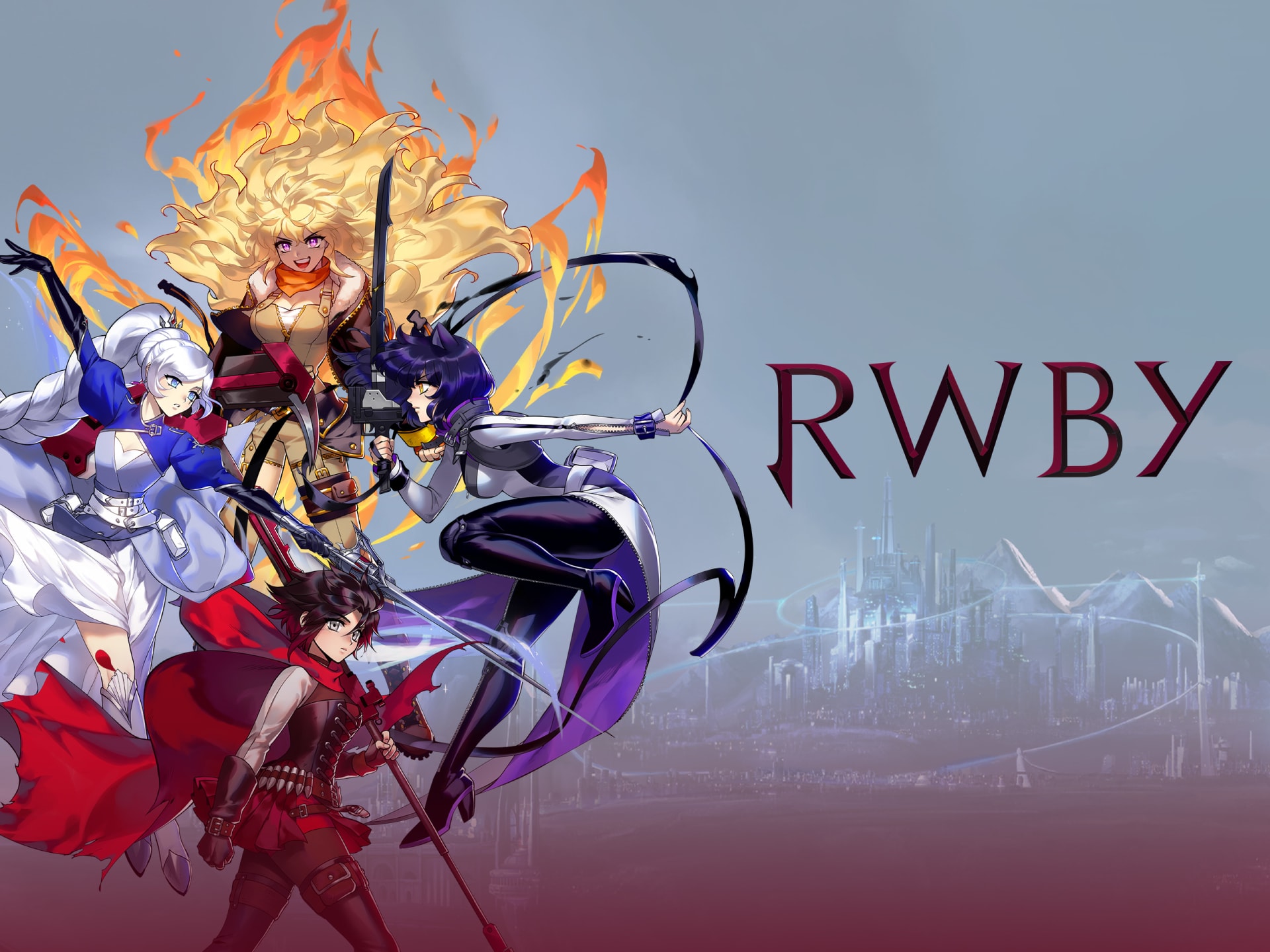English Dub Review: Rick and Morty: The Anime “The Girl Who Manipulates Time”; “Fighting Mother”
The animation industry is currently in an exciting Renaissance period where intellectual property has never been more amorphous and versatile. Pop culture has reached a point where anime versions of American properties are becoming increasingly in vogue, between Suicide Squad Isekai, Terminator Zero, Scott Pilgrim Takes Off, and Star Wars: Visions and The Boys: Diabolical. Nothing is off limits anymore, but Rick and Morty feels especially fitting for an anime makeover due to the core series’ limitless and chameleonic abilities. It definitely feels like Rick and Morty, at some point, would have entered an alternate anime world and done an episode that’s entirely in this style. In many ways, a full-on Rick and Morty anime spin-off feels like the series getting ahead of the curve rather than just chasing the latest trend. Rick and Morty: The Anime is about as perfect as synergy gets for Adult Swim and its Toonami programming block. However, beyond the powers of the All-Mighty Algorithm, Rick and Morty: The Anime is actually a strong expansion of its source material that’s likely to satisfy fans of anime, animated comedies, and Rick and Morty alike – even those who have fallen out of love with the Adult Swim series.
Rick and Morty: The Anime comes from Studio Deen and Adult Swim mainstay, Sola Entertainment, who previously worked on Shenmue: The Animation, Ninja Kamui, and Shinichiro Watanabe’s upcoming Lazarus (as well as Tower of God and The God of High School). There are many unique aesthetics in anime, but Rick and Morty: The Anime cultivates gorgeous visuals that are fitting of the series’ unpredictable science fiction machinations. Vibrant colors, creative character models and alien designs, and busy, meticulous action sequences help “The Girl Who Manipulates Time” and “Fighting Mother” start out on a promising note that’s encouraging for the rest of the series. The original Rick and Morty is hardly an unattractive series, but the visuals in Rick and Morty: The Anime easily trump anything from its predecessor. There’s a sequence that showcases a kaleidoscopic, rainbow vista while Rick vacations on a mystery planet that’s just breathtaking. “Fighting Mother” showcases a grandiose mecha-coded fight sequence that is easily the episodes’ highlight. It’s a thoroughly gorgeous battle that’s impeccably choreographed that calls back to Takashi Sano’s fight sequences in The God of High School and Tower of God. The dimension-hopping battle and chase that breaks out between the two versions of Rick looks like it’s supposed to be the episode’s big centerpiece. However, it lacks the same impact and focus as the Beth battle, even though it covers more ground and is considerably crazier.
These first two episodes are written and directed by Takashi Sano, who directed all of Tower of God’s first season, but also handled several of the five Rick and Morty: The Anime shorts that largely tested the waters for this project and functioned as pseudo-pilot and proof of concept. Tetsuya Takahashi’s musical score is also incredible stuff that adds something extra to the series’ impressive visuals. Takahashi’s work is Rick and Morty: The Anime’s secret weapon and it really helps elevate this animated chaos to something even greater. The music consistently amplifies the emotional center of every scene.
There’s a delicate balance that’s accomplished in these first two episodes in the sense that “The Girl Who Manipulates Time” and “Fighting Mother” feel like vintage Rick and Morty, but stories that appropriately showcase everything that’s possible in this alternate anime universe. It’s a smart way to begin this ambitious experiment that doesn’t bite off more than it can chew and frequently conjures an energy that’s comparable to something like Space Dandy, Outlaw Star, or even FLCL. It unabashedly takes advantage of its anime architecture without it ever feeling like hollow tropes that are strung together through familiar figures. Rick and Morty: The Anime absolutely feels like an anime. However, it’s more interested in the exploration of science fiction stereotypes than it is in the deconstruction of anime archetypes, at least for now. It’s a decision that works for this series premiere and should help draw in Rick and Morty fans who are curious about this spin-off, but aren’t necessarily anime fans.
These installments adopt an interesting structure – especially for its first two episodes – where Rick and Morty are technically estranged, even if the wonky time-wimey concept does find ways to bring versions of these characters together. Rick and Morty feel consistent across “The Girl Who Manipulates Time” and “Fighting Mother,” but Summer is oddly presented as the episodes’ MVP. Some of the strongest moments come out of her relationship with Rick, rather than his bond with Morty. These premiere episodes also really bank on a new love interest for Morty, Elle, who’s a central figure who appears to be as important as Rick or Morty based on how prominent she is in the show’s opening credits. There are a few times early on in “The Girl Who Manipulates Time” where the dialogue falls flat and the jokes feel pretty empty. The same is true in “Fighting Mother.” However, Rick and Morty: The Anime soon falls into a rhythm. Dialogue and writing may indulge more in philosophical empathy than twisted comedy. It’s an angle that works for the series and it’s clear that Takashi Sano’s interest in doing a Rick and Morty anime stems from its sci-fi storytelling and thematic resonance, not some desire to make a hilarious comedy.
Two episodes in, it’s already pretty interesting to chart how serialized Rick and Morty: The Anime will be in comparison to its predecessor. The original Rick and Morty certainly invites serialization and has plenty of seasonal arcs, but “Fighting Mother” picks up immediately after “The Girl Who Manipulates Time” ends. They make up one big episode. There are half-baked stories and ideas from Rick and Morty: The Anime’s premiere that properly develop in “Fighting Mother” and it definitely feels like each episode, while telling their own stories, are more like pieces of a greater whole. Rick and Morty is a layered, complex series that can easily sustain such a serialized structure. However, this may ultimately get in the way of the series’ limitless nature and anchor down its potential ideas in a manner that may not reflect Rick and Morty: The Anime’s best interests. It’s an approach that seems like it’d be more effective in the series’ second season after it’s already gotten a batch of episodic and standalone stories out of the way. Only time will tell and it’s possible that this degree of storytelling helps activate Rick and Morty: The Anime in ways that audiences didn’t think was possible.
Rick and Morty: The Anime attempts to further differentiate itself from the original series and sets itself in an alternate universe, complete with a new voice cast that features Joe Daniels as Rick and Jerry, Gabriel Regojo as Morty, Donna Bella Litton as Summer, and Patricia Duran as Beth and Space Beth. These may be new voices, but they sound close enough to the originals and there are negligible differences here — apparently everyone’s got their own Rick Sanchez and Morty Smith impression in their back pocket that’s ready to go. These are confident performers who, after only one episode, still manage to offer their own take on these classic characters. They don’t feel needlessly chained to Rick and Morty’s past or that their purpose is to replicate the series’ early years. These characters feel both familiar, but fresh, which is exactly what’s needed in any alternate universe narrative. It’s a variation on a theme that’s not afraid to take risks.
“The Girl Who Manipulates Time” and “Fighting Mother” mark a modest start to Rick and Morty: The Anime that’s hopefully able to maintain this momentum and creativity across its ten-episode season. “The Girl Who Manipulates Time” isn’t afraid to leave many details open to interpretation and it trusts the viewer to connect the dots. It adopts a less is more approach instead of spelling everything out for the audience. Alternatively, “Fighting Mother” is an episode that argues against the value of emotions and sincerity. It posits that a sterile, stilted lifestyle is the key to happiness. Of course, the Rick who pushes this philosophy is exceedingly jaded, but this nihilistic mantra carries over to Space Beth’s plight with Rick.
It should perhaps come as no surprise in a show where the opening credits’ song is titled, “Love is Entropy,” but Rick and Morty: The Anime seems content to prove this. The original Rick and Morty is frequently steeped in sadness, regret, and isolation, but Rick and Morty: The Anime may have taken the wrong lessons from its source material if it genuinely believes that this is meant to be aspirational. A little “Love is Entropy” isn’t a bad thing, but Rick and Morty: The Anime is set to be a grumpy, bleak chore if it continues to double-down on this belief system and reinforce the idea that a Rick and Morty series needs to be edgy and emo in order to succeed.
‘Rick and Morty: The Anime’ premieres August 15th at midnight on Adult Swim
























Just cancel this bird already. The chicken is beyond cooked. It's burnt to a crisp.